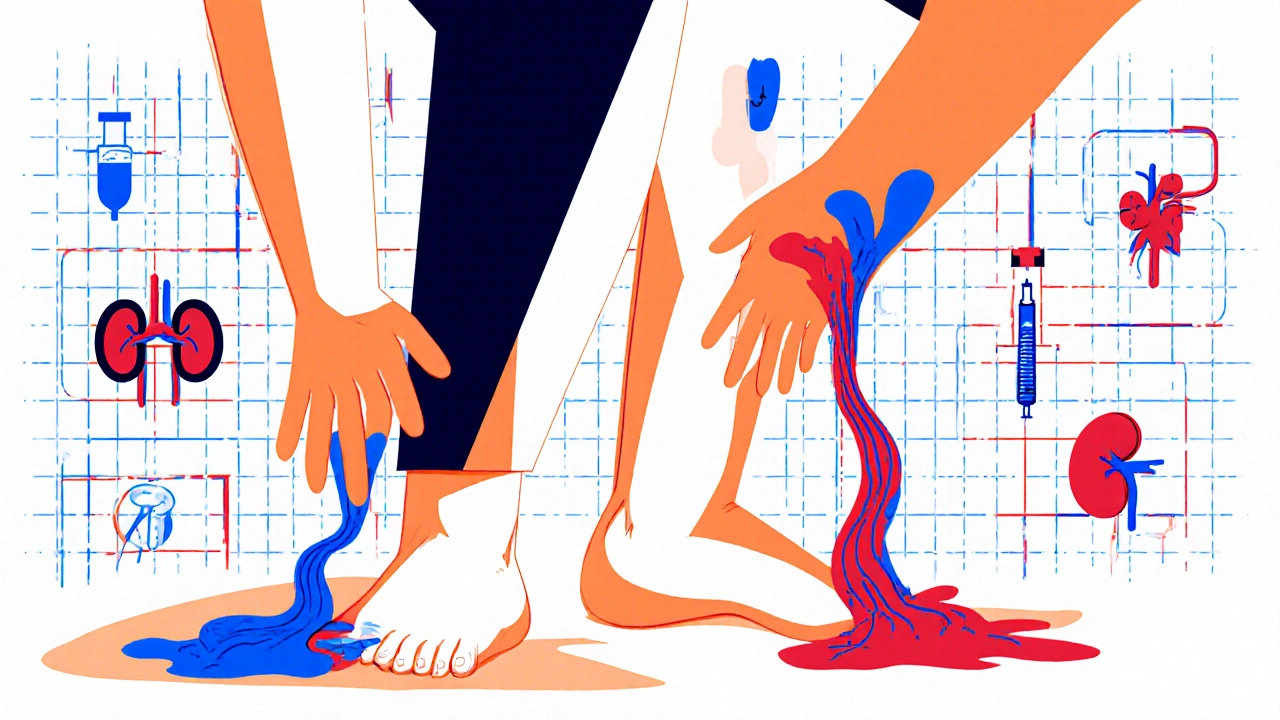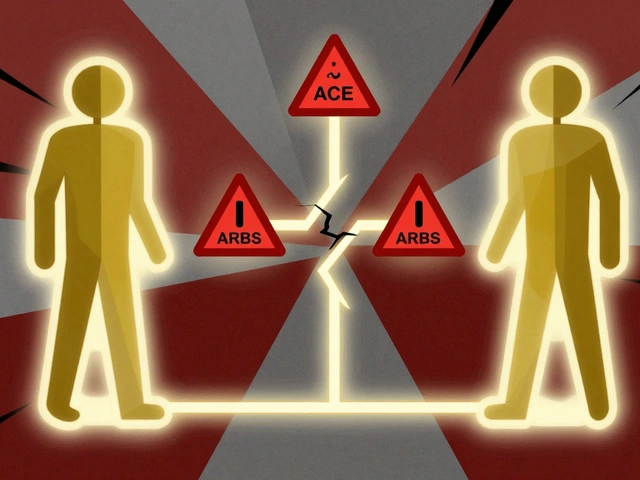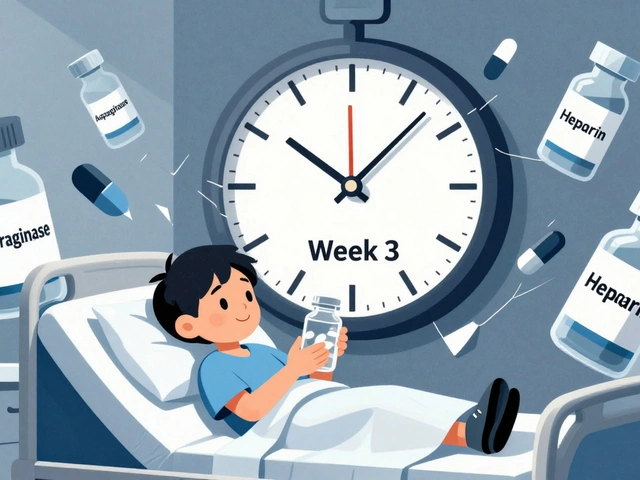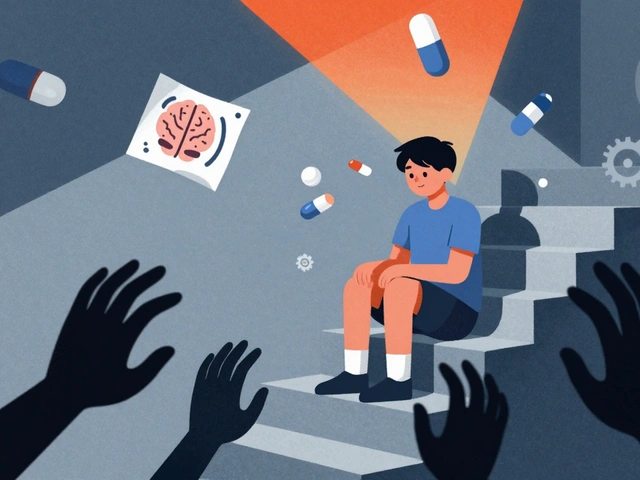Medication Swelling: Causes, Risks, and How to Manage It
When your ankles, hands, or face start puffing up for no clear reason, it might not be just water weight—it could be medication swelling, a side effect caused by certain drugs disrupting fluid balance in the body. Also known as drug-induced edema, this isn’t just annoying—it can signal something serious like heart, kidney, or liver trouble. Many common prescriptions, from blood pressure meds to antidepressants, can make your body hold onto fluid. It’s not rare, and it’s not always harmless.
Some drugs cause swelling by relaxing blood vessels too much, like calcium channel blockers used for high blood pressure. Others mess with your kidneys’ ability to flush out sodium, leading to fluid retention, the buildup of excess liquid in tissues. Then there are drugs that trigger inflammation, like NSAIDs—think ibuprofen or diclofenac—which can cause localized puffiness, especially in the legs. Even some diabetes meds like pioglitazone are known to make swelling worse. If you’re on lisinopril, amlodipine, or even certain antidepressants like citalopram, you’re not alone if you’ve noticed your rings don’t fit anymore.
Not all swelling is the same. inflammation, the body’s immune response to injury or irritation looks red, warm, and tender—often from an infection or injury. Medication swelling is usually cool, symmetrical, and leaves a dent when you press it (called pitting edema). That’s a key clue. If your swelling comes with shortness of breath, chest pain, or sudden weight gain, it could mean heart failure or kidney damage. Don’t ignore it. A simple blood test or eGFR check can tell you if your kidneys are struggling to keep up.
What can you do? Cutting back on salt helps, but only if the drug isn’t doing irreversible damage. Elevating your legs, wearing compression socks, and staying active can reduce puffiness. Sometimes switching meds—like swapping a calcium channel blocker for an ACE inhibitor—makes all the difference. And if you’re on metformin and need contrast dye, your doctor should pause it to avoid lactic acidosis, which can also cause swelling. The point isn’t to stop your meds—it’s to understand how they’re affecting your body and work with your provider to fix it.
You’ll find real cases here: how warfarin can lead to unexpected bruising and swelling, why hydroxyurea affects fluid balance in sickle cell patients, and how carbamazepine or minocycline might trigger reactions that look like allergies but are actually side effects. These aren’t theoretical—they’re stories from people who noticed swelling, asked questions, and got answers. Whether you’re dealing with mild puffiness or worrying about a sudden change, this collection gives you the facts to talk to your doctor—and know when it’s time to act.

Hand and Foot Swelling from Medications: When to Contact Your Doctor
Hand and foot swelling from medications is common but often ignored. Learn the signs it's serious, which drugs cause it, when to call your doctor, and what to do next.
read more




